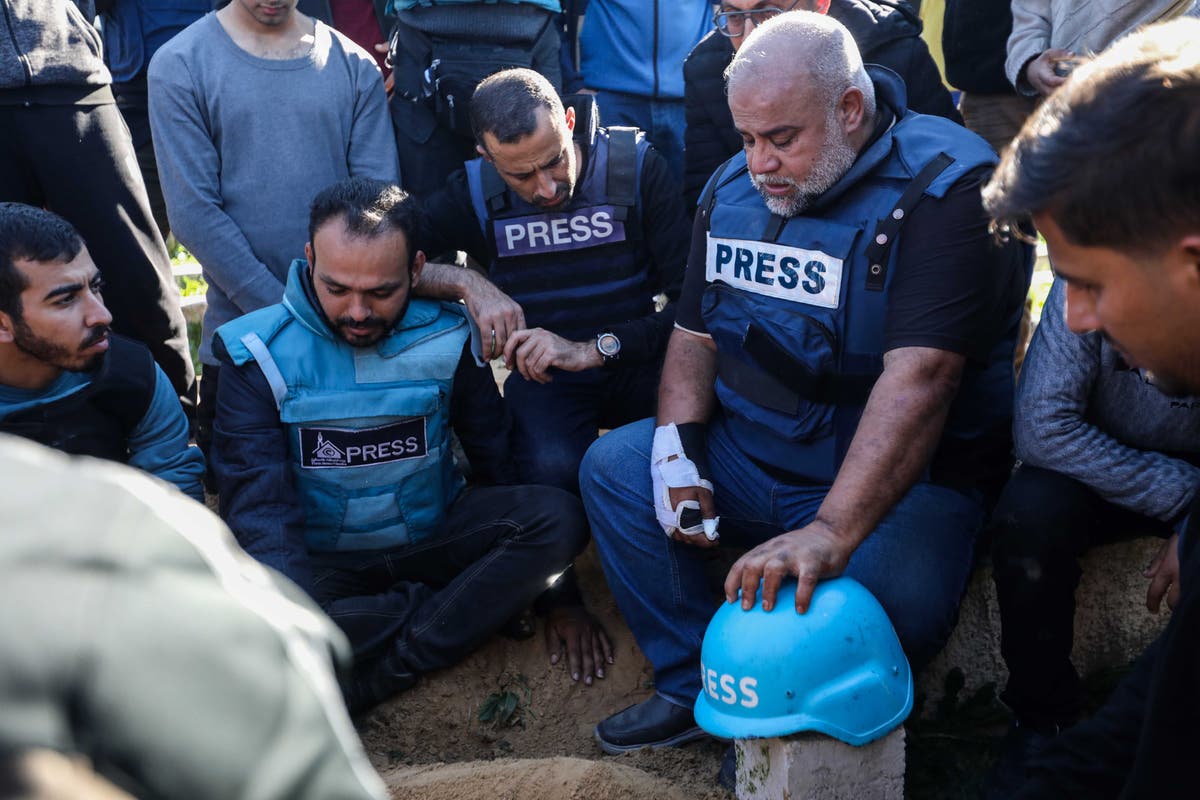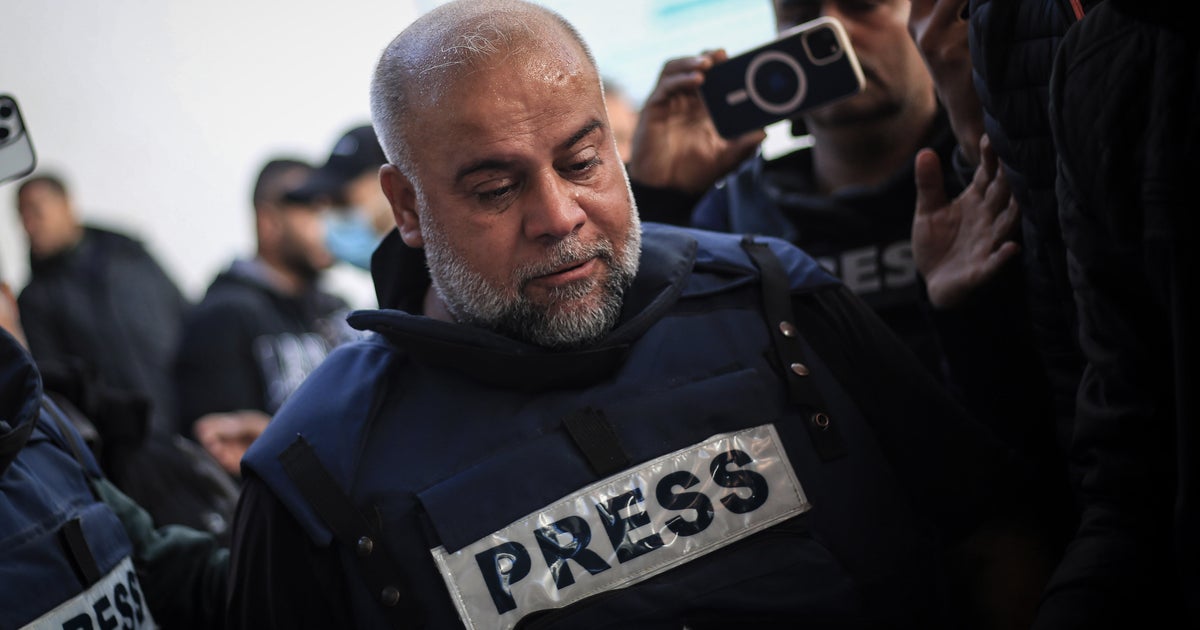witnesses seeing press people being specifically targeted on missions.
Such witnesses are disregarded by Israel.
"Israel discounts evidence and witness claims
Abu Akleh’s story is a case study in how Israel often discounts evidence reported in the news and elsewhere. Early on in its probe, the IDF released initial findings raising the possibility that a soldier may have killed the journalist when responding to Palestinian gunfire. But news organizations quickly poked holes in this narrative.
The New York Times said it reviewed evidence that “contradicted Israeli claims that, if a soldier had mistakenly killed her, it was because he had been shooting at a Palestinian gunman.” The Associated Press noted that the “only confirmed presence of Palestinian militants was on the other side of the [Israeli military] convoy, some 300 meters… away, mostly separated from Abu Akleh by buildings and walls. Israel says at least one militant was between the convoy and the journalists, but it has not provided any evidence or indicated the shooter’s location.” Additional investigations by The Washington Post, CNN, and research collective Bellingcat showed a lack of militant activity in the area at the time of the shooting. "
The May 11, 2022, killing of Al-Jazeera Arabic correspondent Shireen Abu Akleh is part of a deadly, decades-long pattern. Over 22 years, CPJ has documented at least 20 journalist killings by members of the Israel Defense Forces. Despite numerous IDF probes, no one has ever been charged or held...

cpj.org
"These investigations were all published months before the IDF issued its final statement. And while the army claimed that it reviewed “materials from foreign media organizations,” it appeared to totally discount those findings. According to the military, there was a “high possibility” Abu Akleh was “accidentally hit by IDF gunfire fired toward suspects identified as armed Palestinian gunmen during an exchange of fire in which life-threatening, widespread and indiscriminate shots were fired toward IDF soldiers.” The IDF did not rule out the possibility that she was killed by a Palestinian gunman.
The IDF also said that “at no point was Ms. Shireen Abu Akleh identified and at no point was there any intentional gunfire carried out by IDF soldiers in a manner intended to harm the journalist.” But weeks after the final IDF statement, Forensic Architecture and Palestinian human rights organization Al-Haq published a joint report reconstructing the circumstances of the killing.
“According to both the digital and optical reconstructions of the shooter’s vision, the journalists’ press vests would have been clearly visible throughout the incident,” Forensic Architecture and Al-Haq found. The IDF never responded publicly to the groups’ report, which claimed that the military targeted the journalist.
The Foreign Press Association in Israel also questioned why a soldier with what the IDF said was limited visibility fired toward clearly identifiable journalists without firing a warning shot. “If this is normal operating procedure, how can the army fulfill its stated pledge to protect journalists and respect freedom of the press?” The association demanded Israel to publish the full findings of its probe, which it never did."





